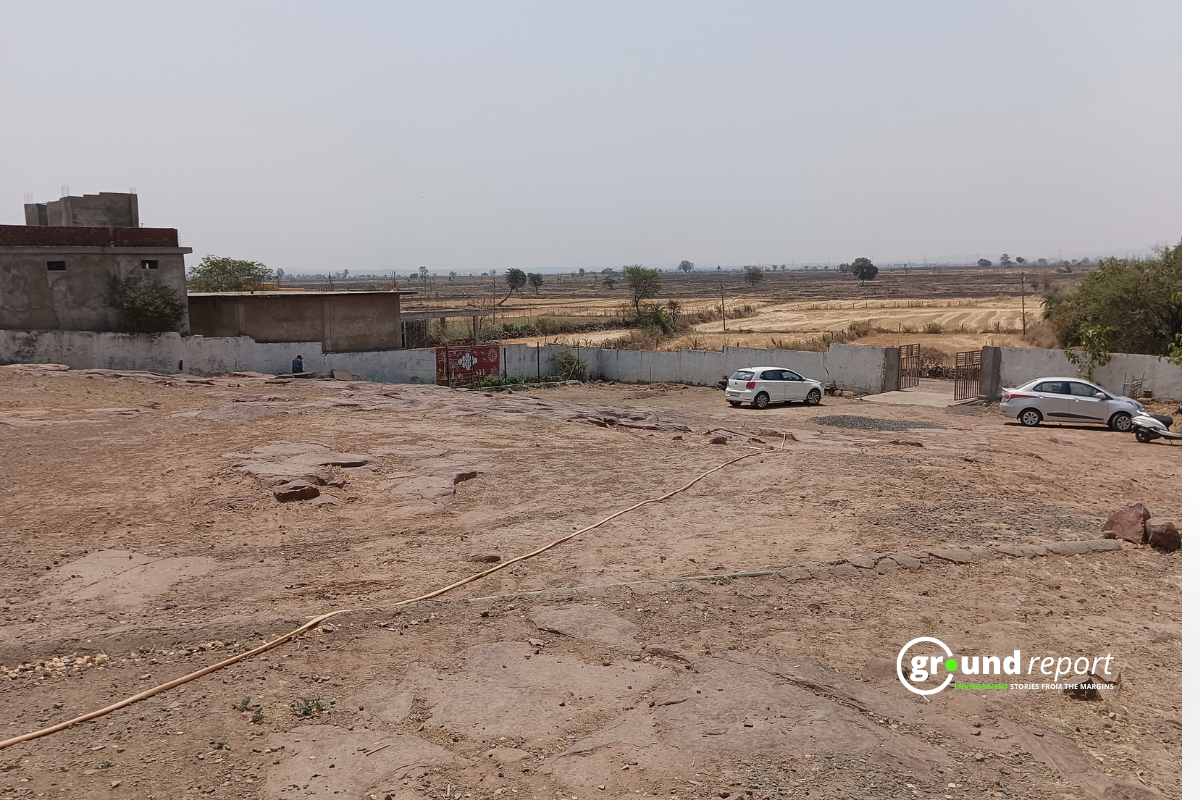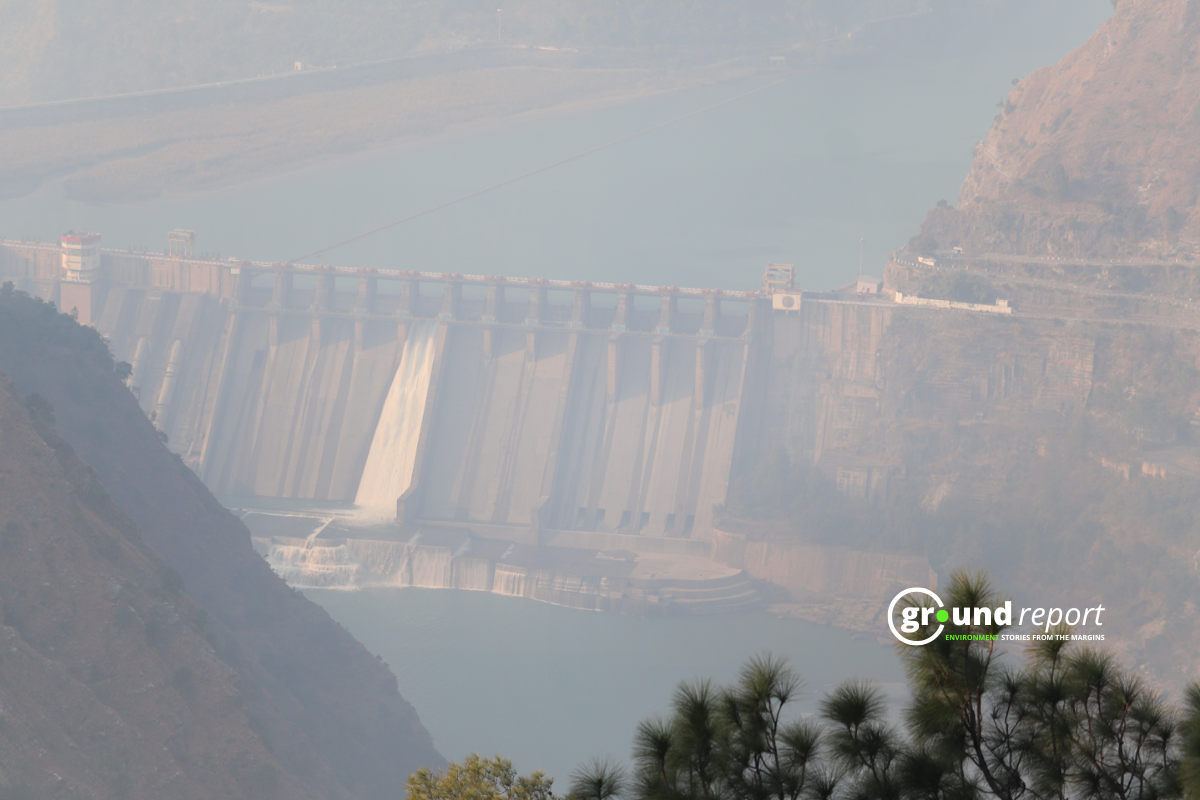The first global analysis of climate risks to global cotton production suggests that by 2040, more than half of the world’s cotton-producing regions, including India, will face serious threats from climate change. The biggest reason for this is the increase in temperature, change in rainfall patterns, and extreme weather events like floods, droughts.
Half of all cotton-growing climate risk
According to the report released by the Cotton 2040 Initiative said that in the worst-case scenario RCP 8.5, all cotton-producing regions of the world will have at least one climate-related threat and increased risk associated with it. However, this increase in risk will be more or less. Despite this, more than half of the world’s cotton-producing regions will face serious climate-related threats. The risk of at least one climate-related hazard in those areas would be greatly increased.
According to the report, it will affect all the major cotton-producing countries of the world, India, America, China, Brazil, Pakistan, and Turkey and all these countries will be forced to face the dangers like floods, drought, storms. It will have the most impact on North-West Africa, Sudan, Egypt, South, and West Asia.
ALSO READ: A tale of unmarried girls and Dowry free village of Kashmir
Risk of drought
Similarly, in more than 75 percent of the area, cotton will be subjected to significant heat stress (above 40 °C), while more than 5 percent will face a very high risk of it. Reports have shown that 40 percent of cotton-growing regions will have a shortened growing season, mainly due to an increase in temperature that will not be conducive to cotton production.
The risk of drought on 50 percent cotton will be much higher. Similarly, 20 percent of the productive areas will face an increased risk of floods and 30 percent of landslides. (Half of all cotton-growing)
At the same time, 60 percent of cotton will be affected due to increased wind speed and 10 percent due to storms. While some areas will be troubled due to lack of water, some will have to face heavy rains. Which will have an impact on the most cotton fertile areas of the world. In such a situation, cotton, which is already infamous for needing more water, will be under pressure due to climate change.
The total market of cotton is about 90 thousand crore rupees. Which fulfills about 31 percent of the requirement of raw materials related to clothing in the world. Not only this, it is the means of livelihood for about 35 crore people. More than 90 percent of the farmers cultivating it are small farmers who grow cotton on less than 2 hectares of land. Its total annual economic impact is about 45 lakh crore rupees.
ALSO READ: Unemployment delay marriages in Kashmir
38% of world’s cotton in India
38 percent of the world’s cotton-producing area is in India. However, despite this, its per hectare yield in the country is very low as compared to other countries. While its yield per hectare in America is 955 kg and in China 1764 kg, the yield in India is 454.4 kg per hectare.
The threat of climate change from above is creating more problems for him. Most of its cultivation in the country is done in Gujarat, Maharashtra, Madhya Pradesh, Telangana, Andhra Pradesh, Karnataka, Tamil Nadu, Punjab, Haryana, and Rajasthan.
Support us to keep independent environmental journalism alive in India.
Keep Reading
The costliest water from Narmada is putting a financial burden on Indore
Indore’s Ramsar site Sirpur has an STP constructed almost on the lake
Indore Reviving Historic Lakes to Combat Water Crisis, Hurdles Remain
Indore’s residential society saves Rs 5 lakh a month, through rainwater harvesting
Follow Ground Report on X, Instagram and Facebook for environmental and underreported stories from the margins. Give us feedback on our email id greport2018@gmail.com.
Don’t forget to Subscribe to our weekly newsletter, Join our community on WhatsApp, and Follow our YouTube Channel for video stories.









